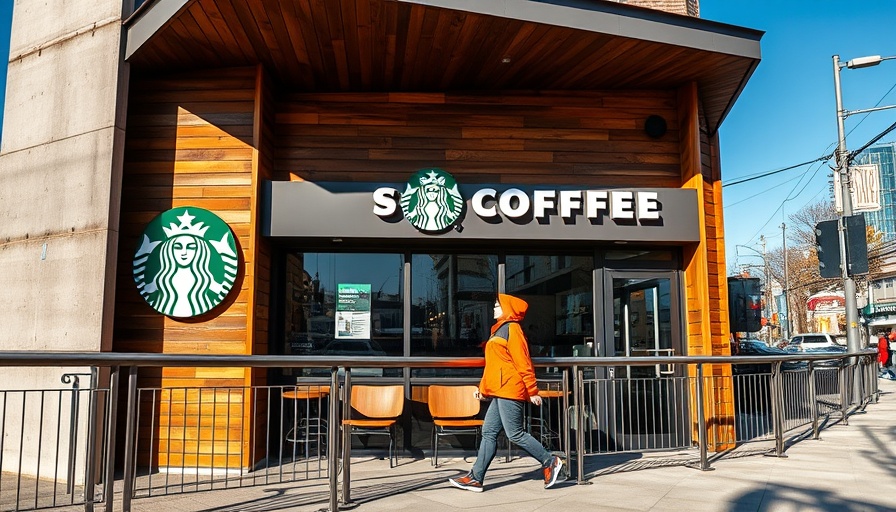
The Innovation of AI in the Coffee Industry
Starbucks is embarking on an innovative journey that incorporates artificial intelligence into its operational model. At a recent Leadership Experience event in Las Vegas, the coffee giant showcased its new generative AI assistant, developed in collaboration with Microsoft Azure’s OpenAI platform. This initiative marks an exciting step towards enhancing the efficiency of baristas while simultaneously improving customer service.
The Role of Green Dot Assist
The new assistant, named "Green Dot Assist," is designed to simplify the daily tasks of baristas. This friendly AI, accessible via tablets located behind the counter, will answer questions that baristas may have regarding drink preparation and standard operating procedures. By allowing baristas to bypass dense manuals or cumbersome intranet searches, Starbucks aims to reduce service times to just four minutes per order, an ambitious target set by CEO Brian Niccol.
Transforming Customer Experience
The move to integrate a generative AI into store operations could significantly transform the customer experience. With quicker and more accurate answers provided through Green Dot Assist, customers can expect smoother service during busy hours. Starbucks is clearly aiming to not only rejuvenate its sales in the U.S. but also to enhance satisfaction levels, bolstering its reputation as a leader in the coffee industry.
What AI Means for Baristas
For the baristas, the introduction of this technology represents a potential shift in their work dynamics. As the Chief Technology Officer of Starbucks, Deb Hall Lefevre, noted, this innovation strives to simplify operations, making work more enjoyable and less stressful for partners. The reduction in manual checking and the enhanced support in decision-making processes can empower baristas, leading to less burnout and greater job satisfaction.
Broader Implications for the Restaurant Industry
This rollout comes at a pivotal moment in the restaurant sector, a field that has seen growing interest in leveraging technology to enhance efficiency. Other major chains and even local establishments are observing Starbucks' move closely, as it could set a precedent for how artificial intelligence can be assimilated into everyday functions. This raises a question: could a similar model be beneficial across the gastronomic landscape?
Future Predictions: Fast Service is Here to Stay
Looking ahead, it’s clear that the embrace of AI solutions in restaurants is a trend that is likely to continue. As consumers increasingly seek convenience and speed, businesses that adopt similar technologies may have a competitive edge. The AI integration seen at Starbucks might revolutionize not just their stores, but the entire fast-casual dining landscape.
Challenges and Considerations
While the integration of AI offers many advantages, there are challenges ahead. Baristas and management will need to train adequately to utilize the Green Dot Assist effectively to avoid potential setbacks or misunderstandings. Moreover, there could be resistance from employees who may feel threatened by this technological advancement. Balancing human touch and technological efficiency will be key as Starbucks and other companies navigate this new terrain.
Conclusion: Embracing Change for a Better Future
Starbucks’ rollout of the Microsoft Azure OpenAI assistant represents a bold stride towards innovation in the coffee industry. As they prepare for a broader implementation across North America, the potential for enhanced service efficiency stands to redefine how baristas engage with their craft. Embracing this blend of technology and personal interaction may ultimately result in a more satisfying experience for both employees and customers alike.
 Add Row
Add Row  Add
Add 




Write A Comment